
On December 2, 2021, an Airbus A321 flying from Magadan in Siberia, Russia, had a terrifying experience that would leave the crew shaken, the passengers anxious, and aviation experts reflecting on the finer details of winter operations.
The flight from Magadan to Novosibirsk took place in the heart of a brutal snowstorm, with severe icing, low visibility, and challenging weather conditions. But as the aircraft soared into the sky, it wasn’t the storm’s power that would bring it to the edge of disaster—it was the subtle but deadly effect of snow and ice forming on the aircraft's surfaces.
The morning started as any other winter operation would for the crew of Siberian Airlines. The captain, a 56-year-old seasoned veteran with over 14,000 flying hours, and the first officer, a highly experienced 46-year-old with almost 6,400 hours on the Airbus A321, were both prepared for the tough conditions.
As they began their pre-flight procedures, they checked the weather forecasts for the flight from Magadan to Novosibirsk, which showed heavy snow and poor visibility—a usual challenge during winter months. They prepared the aircraft for the worst, planning for potential diversions if the weather worsened upon arrival.
By 11:00 AM, the aircraft was ready for its return flight. However, it would soon become clear that there were more risks than anyone could have predicted. The intense snow showers had not relented, and the ground crews at Magadan were working tirelessly to clear the runway.
Despite their efforts, the aircraft was soon completely blanketed in snow. As per usual, the crew ensured that their aircraft would go through a two-step de-icing process before takeoff. However, an important detail was missed during the procedure: the snow on the top of the aircraft, including the cockpit windows, remained untouched.
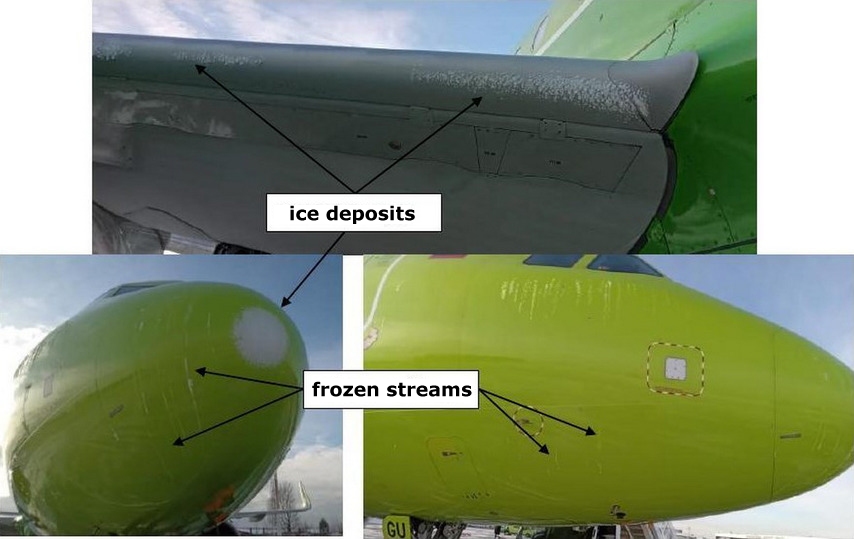
In winter operations, proper de-icing is critical to ensuring the safe performance of the aircraft. De-icing fluids are applied to remove snow and ice, with an additional anti-icing fluid that coats the aircraft surfaces to prevent ice formation during the flight. This fluid is time-sensitive and can only be effective for a limited period, known as the "holdover time."
On this particular day, the pilots relied on the assumption that the snow would let up, which would allow them to proceed within the prescribed holdover time. Unfortunately, they underestimated the severity of the storm, and when the snow continued to fall heavily, they found themselves in a precarious situation.
While the aircraft was being de-iced, a significant issue arose regarding the snow that had not been cleared from the body of the aircraft, especially around the cockpit windows and the external probes, such as the pitot tubes that measure airspeed.
The ice that formed around these areas was not noticed by the pilots or ground crew. This ice buildup started to obstruct the flow of air around the probes, leading to unreliable airspeed readings once the aircraft was airborne.
When the aircraft took off from Magadan, everything seemed normal initially. However, as they climbed into the turbulent skies, the pilots began to notice discrepancies in their instruments. The ice on the aircraft's body had formed into ridges that disrupted the airflow around the pitot tubes, causing the aircraft’s airspeed indicators to show incorrect values.
The failure of these crucial instruments triggered the autopilot system to disconnect, and the aircraft’s flight control laws shifted from normal law to alternate law, which meant that many of the aircraft's protective systems, such as stall protection and maximum bank angle protections, were no longer in effect.
As the situation worsened, the first stall warning sounded, followed by another false alarm. The pilots, already under intense stress from the turbulence and ice buildup, initially thought the warning was caused by turbulence.
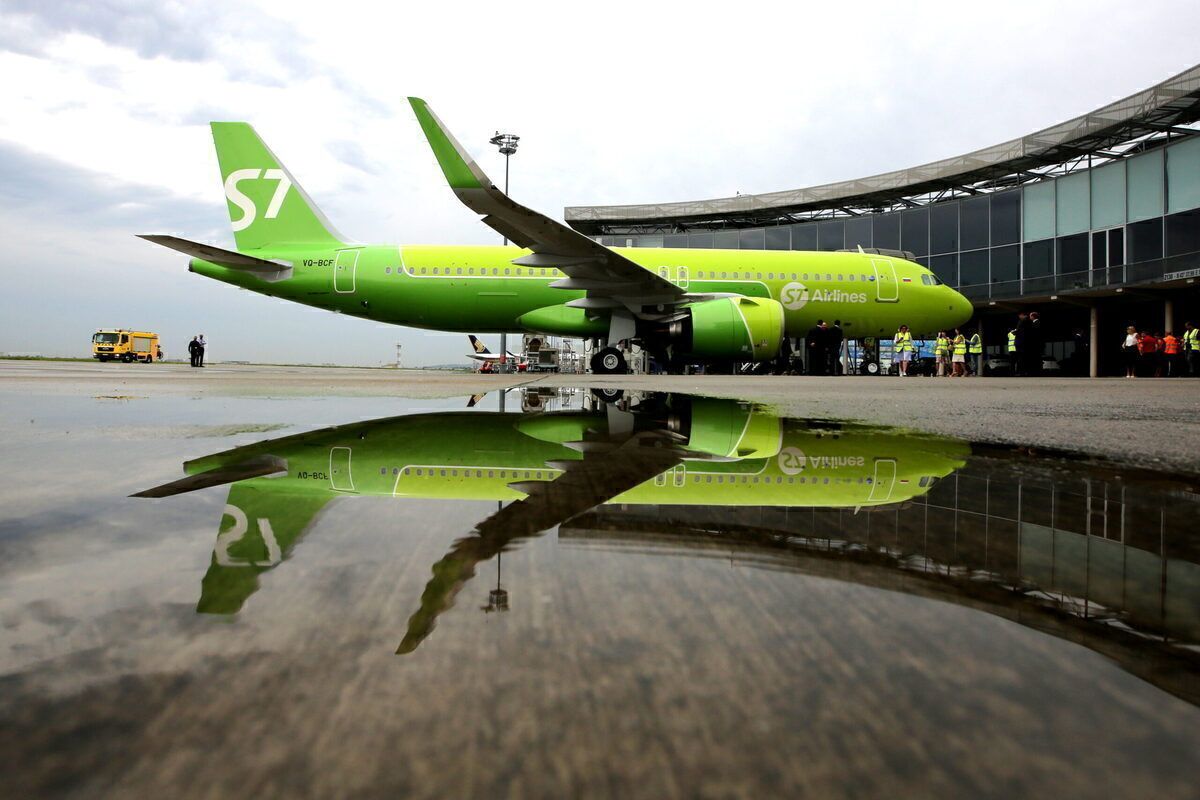
However, the continuous discrepancies in the airspeed indicators began to signal something more dangerous: unreliable airspeed. With their instruments now giving conflicting data, the pilots struggled to make sense of the situation.
The backup system that was supposed to assist in unreliable airspeed situations, the Backup Speed Scale (BUSS), was not yet activated. The pilots did eventually recognize that the issue was with the airspeed indicators and attempted to follow the emergency procedures. The captain disengaged the auto-thrust and flight directors, while also increasing the thrust manually.
However, the aircraft was still not responding correctly, and they soon found themselves in a situation that resembled a slow-motion stall. The aircraft began climbing rapidly at a vertical speed of 17,300 feet per minute, a rate of ascent that was far from normal.
During this time, the aircraft’s speed indicators were fluctuating wildly, showing dangerously low speeds that led to further stall warnings. The aircraft’s altitude continued to rise and fall erratically as the pilots attempted to regain control.
At one point, the aircraft's angle of attack reached a terrifying 30°, and the stall warning blared in the cockpit. Despite all of this, the pilots were still unsure of the root cause and believed they were dealing with airframe icing, which only compounded their confusion.
The aircraft’s speed continued to climb well above the maximum safe speed, triggering overspeed alarms. The pilots’ reactions to the alarms, though swift, were not always appropriate, as they were still wrestling with multiple conflicting warnings. The aircraft's automatic trim system began to work against them, as it attempted to maintain a pitch-up attitude, even as the aircraft neared a stall.

As the aircraft descended rapidly, it reached an altitude of just 4,800 feet, still falling with an increasing speed and a disturbing lack of control. The pilots made several attempts to regain control, switching between manual and automatic thrust settings, but it was clear that they were losing precious altitude. The aircraft reached a maximum descent rate of over 14,000 feet per minute, with the stall warning continuing to blare in the cockpit.
At this point, air traffic control was becoming aware of the aircraft’s dangerous descent and issued a warning about high terrain ahead. The pilots, now fully realizing the gravity of the situation, initiated a desperate attempt to recover the aircraft.
Unfortunately, the aircraft's airspeed remained erratic, and the stall warning persisted. The pilots eventually reached a maximum altitude of 13,800 feet before the aircraft’s left wing suddenly snapped over, and the aircraft started a steep fall toward the ground.
The pilots’ quick thinking saved the aircraft from what could have been a devastating crash. Despite the extreme turbulence, unreliable instruments, and mounting confusion, the pilots were able to recover control and bring the aircraft back to a stable flight path. However, this did not happen without immense difficulty and danger.
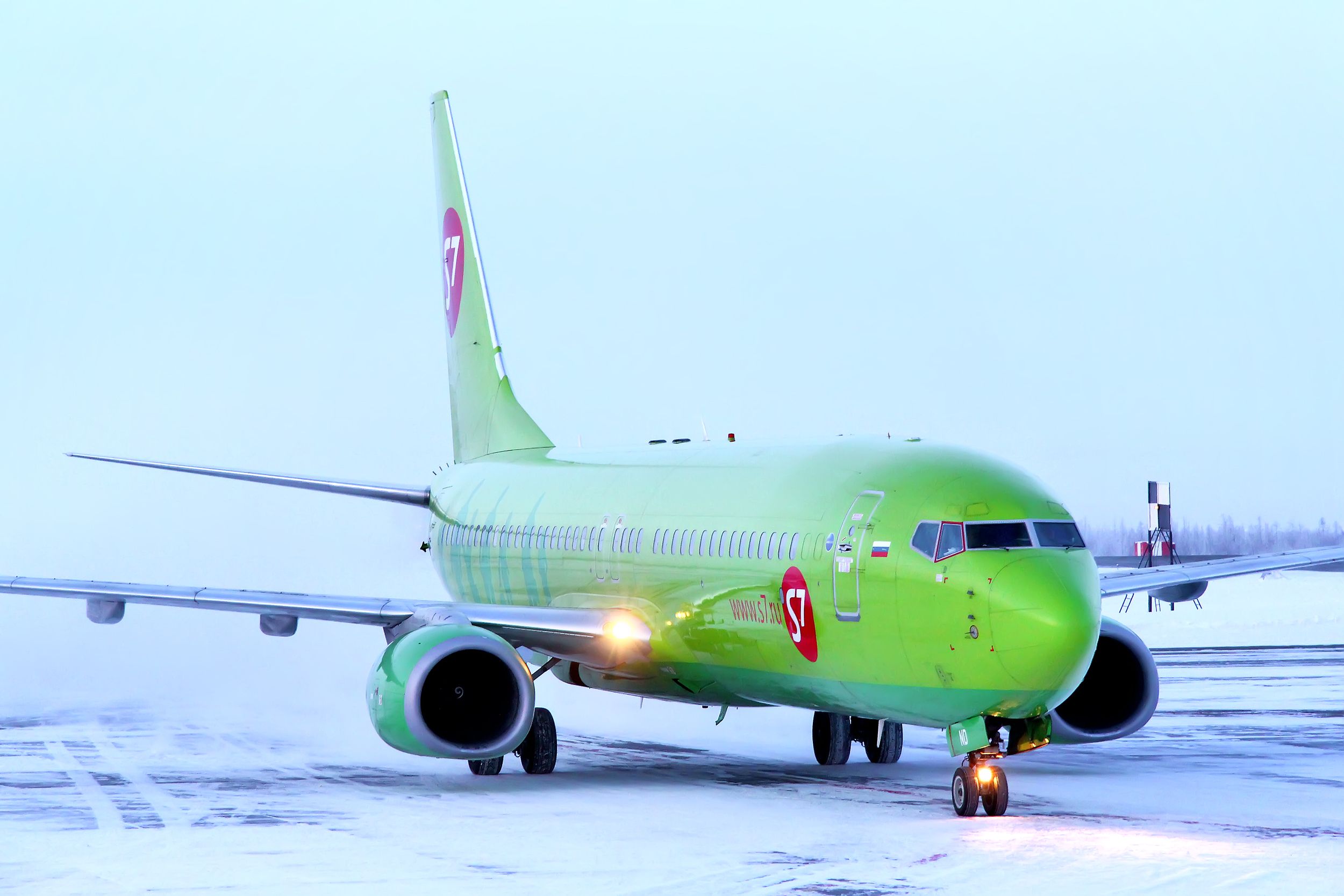
The investigation into this terrifying flight revealed that the primary cause of the incident was the accumulation of ice and snow on the aircraft's body, which disrupted the airflow around the pitot tubes, causing the airspeed indicators to malfunction. Furthermore, the pilots’ initial misinterpretation of the stall warnings and failure to follow the appropriate emergency procedures in a timely manner contributed to the escalating situation.
The key lessons from this incident are clear: in winter conditions, every detail matters. A thorough understanding of de-icing procedures, the careful monitoring of airspeed, and the implementation of emergency protocols are crucial to ensure safe operations. Additionally, the importance of accurate weather reporting and real-time updates cannot be overstated. Pilots must remain vigilant, particularly in unpredictable winter weather, to avoid complacency and ensure they are fully prepared for any unforeseen challenges that may arise during flight.
This incident serves as a stark reminder of the complexities and risks of winter flying, and the need for constant awareness and preparation when operating in challenging weather conditions. Thankfully, no lives were lost in this case, but it could have easily been a very different outcome if the pilots had not acted with skill and determination.

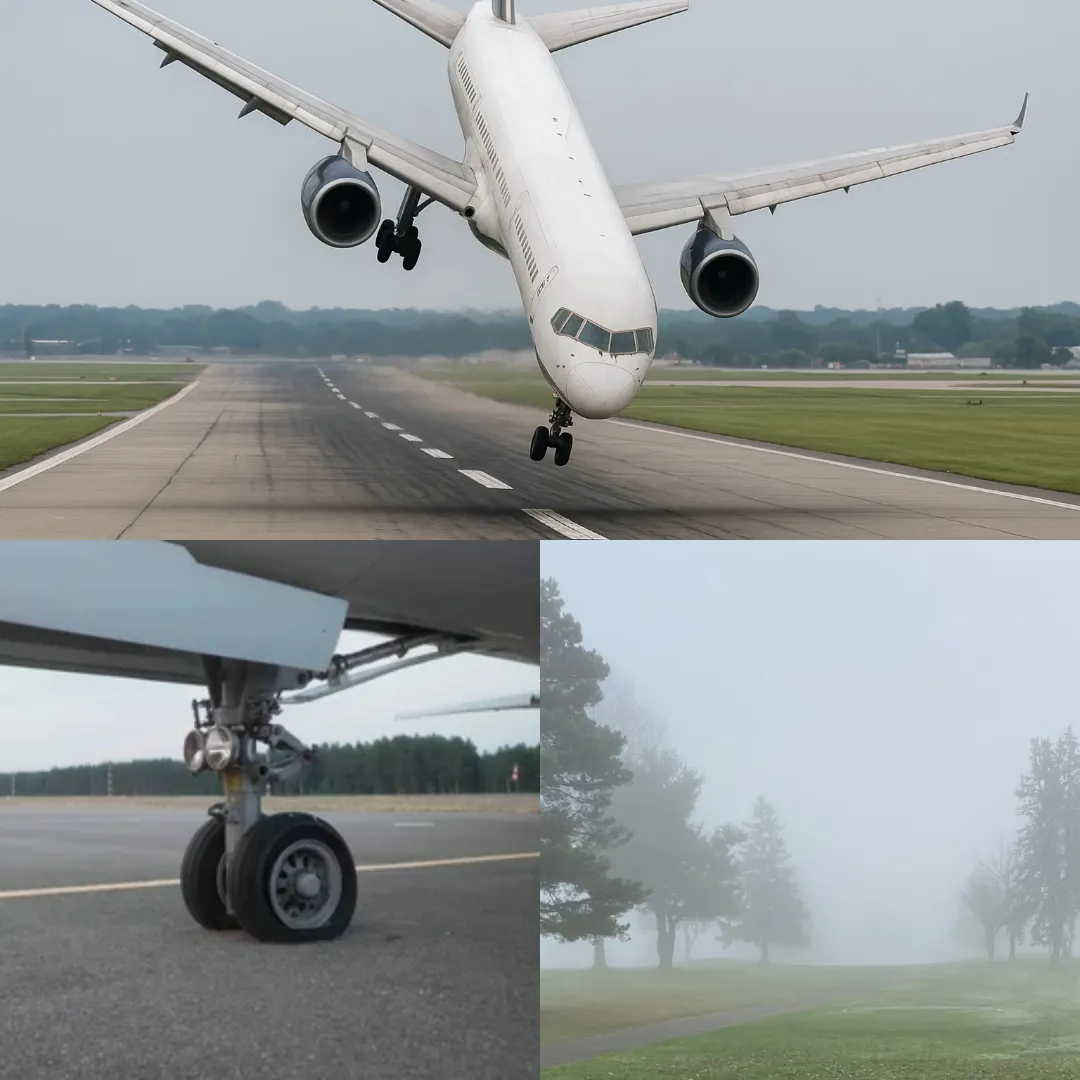
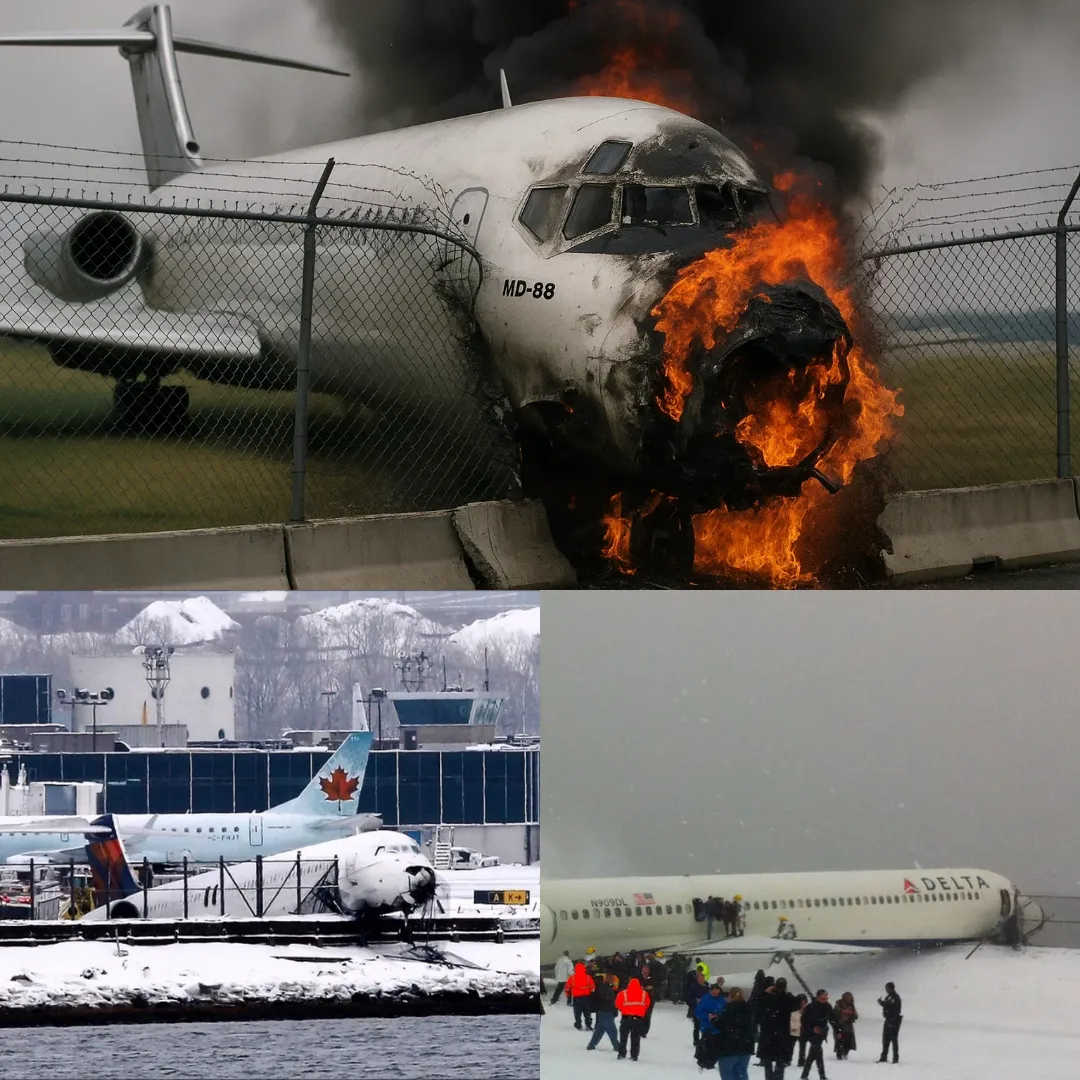
-1751178471-q80.webp)